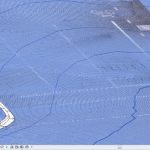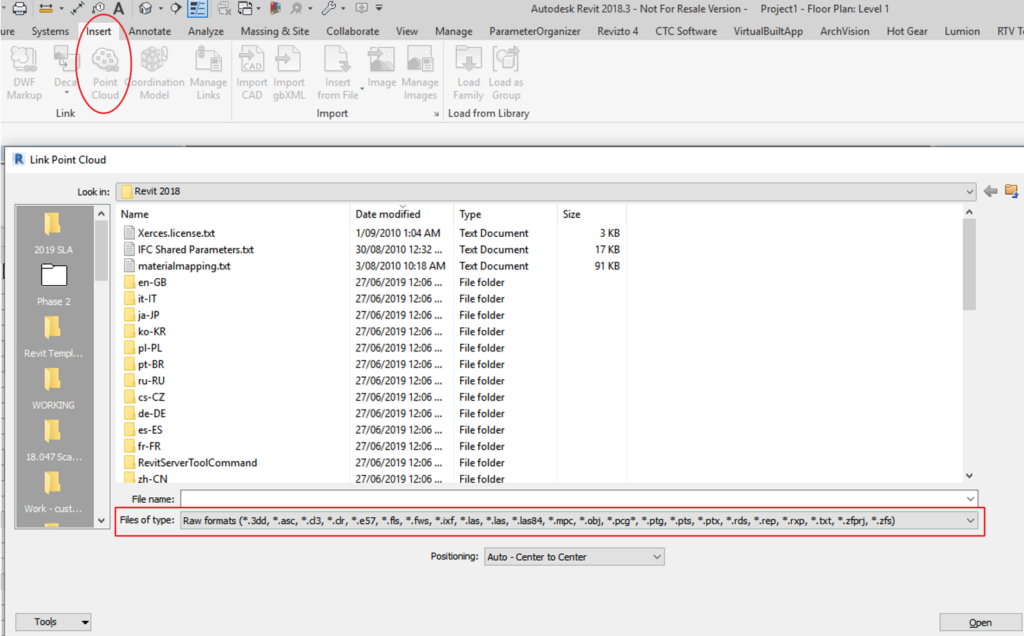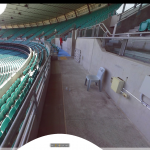Key website for E57 data and resources:
http://libe57.org/
Some basic info from the website:
The E57 specification uses a subset of XML that has been extended to support efficient storage of large amounts of binary data. An E57 file is encoded as a hierarchical tree structure, some of which is encoded in XML, and some of which is encoded in a binary format that is not XML. The bulk of the data, including point data and images, is encoded in the binary sections for efficiency. Metadata, such as sensor pose information, is encoded in XML. The binary sections are not embedded in the XML section. Instead, they are located in separate sections of the file and referenced from the XML section.
Yes. One of the greatest strengths of E57 is that it was designed to be readily extensible to accommodate new hardware innovations.
How does this all fit in with Revit?
… Revit 2014 does support the import of E57 through the new Recap software released a few weeks ago. The primary idea is that by using E57 you will have support for nearly all of the laser scanner vendors’ data since they can write an E57 file and Recap can read it. That will allow you to import it and then convert it to a Revit format to use the data. It’s a data exchange format, not a working format.
We are now trying to recruit some new people the ASTM E57 committee who can help us define and move forward on a number of extensions to the basic format.
(above paragraphs via email)




